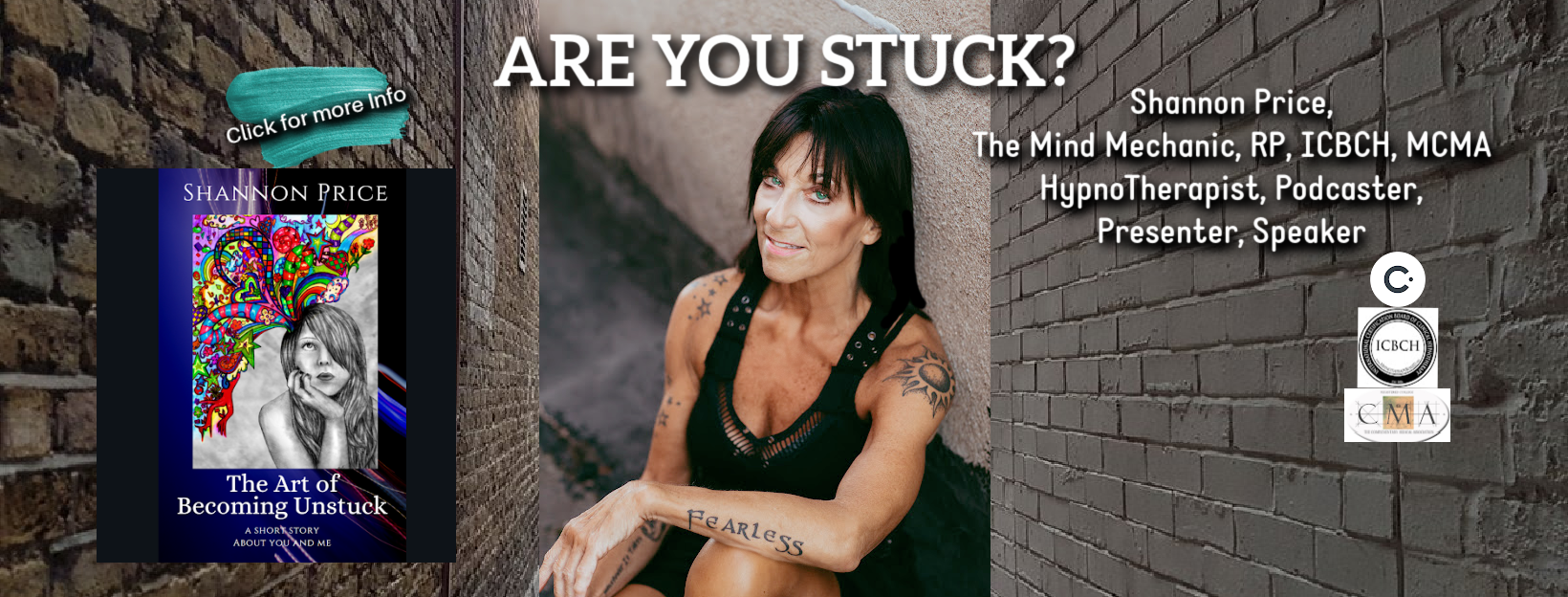PANIC ATTACKS
Panic Attacks and Disorders
If you’ve ever had a panic attack, you’ll know it can be both a terrifying experience and exhausting experience. Panic disorder is a diagnosis given to people who experience recurrent unexpected panic attacks—that is, the attack appears to occur from out of the blue. Panic attack symptoms include sweating, shaking, shortness of breath, feelings of choking, chest pain, and a fear of dying.
What is a Panic Attack?
A panic attack is an abrupt surge of intense fear or discomfort that reaches a peak within minutes, and during which time a variety of psychological and physical symptoms occur. These symptoms include rapid heart rate, sweating, shaking, shortness of breath, hot flashes, and lightheadedness—as well as a sense of impending doom, chills, nausea, abdominal pain, chest pain, headache, and numbness or tingling.
What is Panic Disorder?
Panic disorder is a diagnosis given to people who experience recurrent unexpected panic attacks— that is, the attack appears to occur from out of the blue. The term recurrent refers to the fact that the individual has had more than one unexpected panic attack. In contrast, expected panic attacks occur when there is an obvious cue or trigger, such as a specific phobia or generalized anxiety disorder.
A panic attack is an abrupt surge of intense fear or discomfort that reaches a peak within minutes,
During that time a variety of psychological and physical symptoms occur.
Here is a brief rundown of the experience of a Panic Attack:
Physical
• Palpitations, pounding heart, or accelerated heart rate
• Sweating
• Trembling or shaking
• Shortness of breath
• Feelings of choking
• Chest pain or discomfort
• Feeling dizzy, unsteady, light-headed, or faint
• Chills or heat sensations
• Numbing or tingling sensations (commonly referred to as “pins and needles”)
Psychological
• Fear or losing control or “going crazy”
• Fear of dying
• A sense of being detached from yourself or your surroundings, or observing yourself from outside your body
HOW CAN YOU MAKE THIS STOP???
Typically, panic attacks reach their peak within 10 minutes or less and then symptoms begin to subside. Panic attacks rarely last for more than an hour, with most lasting for around 20 to 30 minutes.
According to a study published in Psychology Medicine, people who suffer from panic attacks and panic disorder may be at higher risk of heart attack and heart disease later in life. While the link between panic disorder and heart disease remains controversial, the study found that compared to individuals without panic disorder, sufferers were found to have up to a 36% higher risk of heart attack and up to 47% higher risk of heart disease. (If you suffer from panic attacks, seek attention for any chest pain symptoms in order to rule out any issues with heart health.)
While panic attacks cause a variety of physical issues and many people reporting feeling like they are about to die when experiencing one, you cannot die from a panic attack. BUT that doesn't make them any easier.
Many people use the terms anxiety attack and panic attack interchangeable, but in reality, they represent two different experiences.
Seeing a friend or a loved one experience a panic attack can be a frightening experience. It can also be challenging to feel powerless to help that person and to watch them suffer.
While you’re unlikely to be able to stop your loved one’s panic attack on the spot, there are things you can do and say to help them through the experience.
Primarily, it is important to stay calm, patient, and understanding. Help your friend wait out the panic attack by encouraging them to take deep breaths in for three or four seconds and out for three or four seconds. Stay with them and assure them that this attack is only temporary and they will get through it.
You can also remind them that they can leave the environment they are in if they would feel more comfortable elsewhere and try to engage them in some easy light-hearted conversation.
Once the panic attack is over and the person has returned to a calm state, encourage them to seek help from a mental health professional at their earliest convenience, if they haven’t already.
You can help them further by encouraging them to contact me for a consultation. Your mental health is the key to your physical health and well-being. I am a licensed, certified, globally recommended CONTROL Practitioner.
I have the education, experience, and tools to change this pattern of behavior now and for a lifetime.
Panic attacks cause a variety of distressing symptoms that can be terrifying for the individual experiencing the attack. Some can also find the episodes extremely embarrassing and refrain from telling their friends, family, or a mental health professional.
If you’ve been experiencing panic attacks or think you may have panic disorder, I strongly encourage you to set up a private free consultation with me as soon as possible.
Although panic attacks can feel like a debilitating and embarrassing condition, it is important to remember that you aren’t alone and your mental health is nothing to be embarrassed about.

